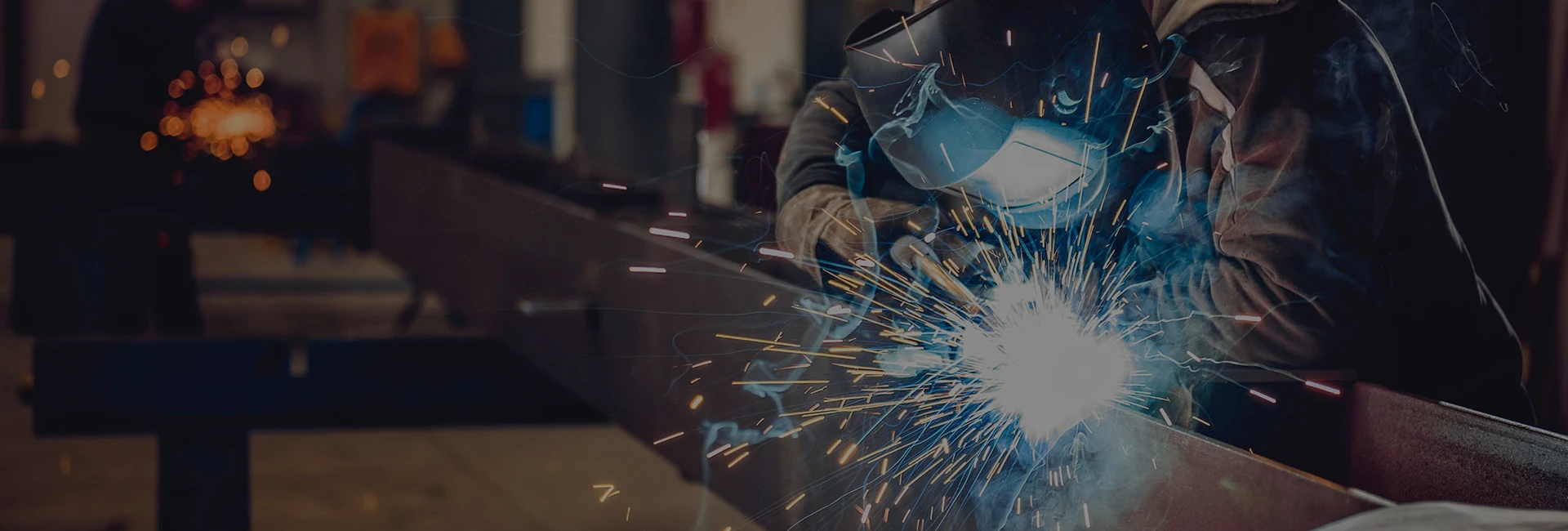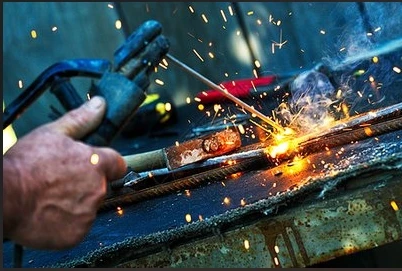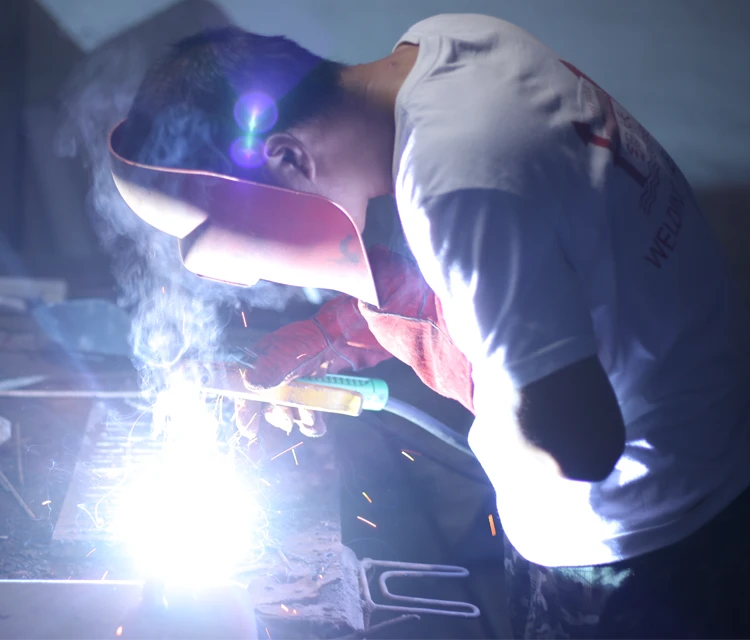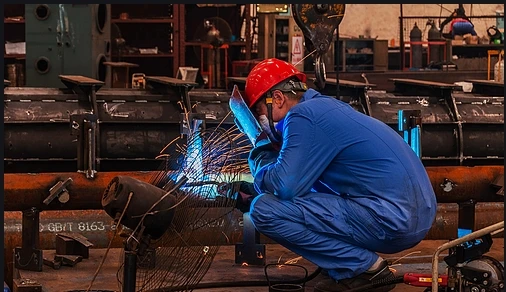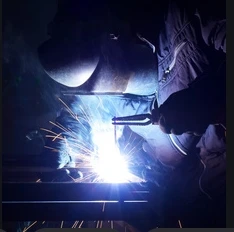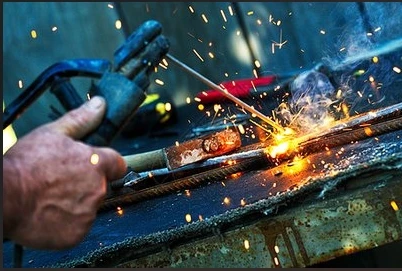Flux Core Wire Types for Stainless Steel Welding
أغسطس . 29, 2025 17:10
Flux-cored welding wire is an essential consumable for modern welding operations, offering efficiency and high-quality results. This article delves into the various flux core wire types, explains where to find reliable flux core wire for sale, and touches upon the specialized niche of hardfacing mig wire for sale. Understanding these products is crucial for professionals aiming to achieve clean, strong, and corrosion-resistant welds on stainless steel projects across industries like food processing, chemical plant construction, and architectural fabrication.
Understanding the different flux core wire types is fundamental to process selection
Selecting the correct wire is the first step toward a successful stainless steel welding project. The performance, finish, and mechanical properties of the weld are directly influenced by the choice among various flux core wire types. These wires are specifically formulated to handle the unique challenges of welding stainless steel, such as preserving corrosion resistance and minimizing distortion.
- Gas-Shielded Flux-Cored Wires (FCAW-G): These wires require an external shielding gas, typically a blend of Argon and CO2. They are known for producing high-quality welds with excellent mechanical properties, minimal spatter, and a smooth bead appearance. This makes them ideal for shop environments where wind is not a factor and for applications demanding aesthetic appeal and superior weld integrity on stainless steel.
• Self-Shielded Flux-Cored Wires (FCAW-S): As the name implies, these wires generate their own shielding protection through the flux core, eliminating the need for an external gas cylinder. This makes them exceptionally portable and perfect for outdoor use, field repairs, or in drafty workshops. While they offer great penetration and are less sensitive to wind, they can produce more spatter and a rougher bead profile compared to gas-shielded options.
• Alloy-Specific Classifications: Stainless steel flux core wire typesare classified by the alloy they deposit, such as 308L, 309L, or 316L. The "L" denotes a low carbon content, which is critical for preventing carbide precipitation and maintaining the corrosion-resistant properties of the stainless steel weld. Selecting the right alloy match for the base metal is paramount for the longevity and performance of the welded component.

Finding a trusted supplier for flux core wire for sale guarantees quality and consistency
The source of your welding consumables significantly impacts the final outcome of your work. A search for flux core wire for sale will reveal a vast market, but discerning welders must prioritize suppliers that offer genuine, high-quality products to ensure weld integrity and process reliability.
- Industrial Distributors and Specialty Welding Suppliers: Established distributors, both online and local, are primary sources for certified flux core wire for sale. They typically stock products from reputable manufacturers, provide material test reports, and have technical experts available to advise on the best flux core wire typesfor a specific application, ensuring optimal results for stainless steel welding.
• Direct from Manufacturer and Certified Online Retailers: Purchasing directly from a well-known wire manufacturer or their authorized online retailers is often the best way to guarantee authenticity. This approach ensures you receive fresh, properly stored wire that meets exact specifications, which is crucial for the sensitive nature of stainless steel welding and the performance of certain flux core wire types.
• Evaluating Product Authenticity and Storage Conditions: When comparing flux core wire for sale, always check for proper AWS classification markings on the spool and packaging. It is also critical to inquire about the supplier's storage practices. Flux-cored wire is hygroscopic and can absorb moisture if stored improperly, leading to porosity and weld defects. Reputable suppliers will ensure their inventory is kept in a dry, controlled environment.
For extreme abrasion and wear applications, explore hardfacing mig wire for sale
While distinct from stainless welding, hardfacing is a critical process in industrial maintenance. The search for hardfacing mig wire for sale often intersects with flux-cored wires, as many hardfacing alloys are available in a flux-cored format. These wires are designed to deposit a wear-resistant layer onto a component to extend its service life.
- Types of Hardfacing Wires: Flux-cored hardfacing mig wire for saleincludes a range of alloys like chromium carbides for high abrasion resistance, tungsten carbides for severe impact and abrasion, and martensitic steels for metal-to-metal wear. Selecting the correct type depends on the specific wear mechanism the component will endure.
• Application Processes: Although called MIG wire, these products are commonly used in both Gas-Shielded (FCAW-G) and Self-Shielded (FCAW-S) flux-cored arc welding processes. The process choice depends on the application environment (indoors vs. outdoors) and the desired characteristics of the hardfacing deposit. Understanding the various flux core wire typesused in hardfacing is key to a successful application.
• Overlay and Rebuilding: These wires are used for two main purposes: applying a thin protective overlay on new parts or rebuilding worn-down surfaces on old equipment. The flux core provides excellent arc stability and cleanses the weld pool, ensuring a strong metallurgical bond between the hardfacing layer and the carbon or alloy steel base material.
Flux Core Wire for Sale FAQs
Q: What should I consider when purchasing Flux Core Wire for Sale for my welding project?
A: When buying Flux Core Wire for Sale, focus on three key factors: 1) Base material compatibility—match the wire to the metal (e.g., mild steel flux core wire for carbon steel, stainless steel variants for alloy steels); 2) Welding environment—use “self-shielded” flux core wire for outdoor or windy conditions (no external gas needed), and “gas-shielded” wire for indoor, controlled environments (requires CO₂ or argon mixes for cleaner welds); 3) Wire diameter—choose 0.8–1.2mm for thin sheets, 1.6mm+ for thick steel, to ensure proper penetration. Also check certifications (e.g., AWS A5.20 for mild steel) and storage condition (dry packaging to prevent moisture damage).
Q: What are the main Flux Core Wire Types and their unique applications?
A: The main Flux Core Wire Types are categorized by shielding and alloy: 1) Self-shielded flux core wire (e.g., E71T-8)—contains flux that releases shielding gas during welding, ideal for outdoor construction, pipeline repairs, or where gas tanks are impractical. 2) Gas-shielded flux core wire (e.g., E71T-11 with CO₂ shielding)—produces cleaner, low-spatter welds, suited for automotive fabrication or structural steel. 3) Specialty types: Stainless steel flux core wire (e.g., E308LT1-1) for corrosion-resistant projects, and high-strength variants (e.g., E81T1-Ni1) for heavy machinery. Each type is labeled by AWS standards to indicate usability and strength.
Q: How does Hardfacing MIG Wire for Sale differ from standard flux core wire in function and use?
A: Hardfacing MIG Wire for Sale is designed to deposit wear-resistant layers on metal surfaces, whereas standard flux core wire focuses on joining metals. Hardfacing wire contains high levels of alloys like chromium, tungsten, or nickel, forming hard carbides that resist abrasion, impact, or heat. It’s used to extend the life of parts like crusher jaws, bulldozer blades, or conveyor rollers. In contrast, standard flux core wire prioritizes weld strength and ductility for structural joints. Hardfacing wire also requires specific parameters (higher amperage, slower travel speed) to ensure proper alloy deposition.
Q: Can Flux Core Wire for Sale be used with any MIG welder, or do I need specialized equipment?
A: Most Flux Core Wire for Sale works with standard MIG welders, but compatibility depends on the wire type. Self-shielded flux core wire is often compatible with DC MIG welders (common in home shops) and doesn’t require a gas regulator, making it easy to use with basic equipment. Gas-shielded flux core wire needs a MIG welder with a gas valve and a shielding gas setup (CO₂ or argon mix). Ensure your welder can handle the wire diameter—smaller machines (110V) work best with 0.8–1.0mm wire, while 220V welders can handle 1.2mm+ diameters. Some welders may need a flux core-specific drive roller (knurled vs. smooth) to prevent wire slipping.
Q: What maintenance tips ensure optimal performance from Hardfacing MIG Wire for Sale?
A: To maximize performance from Hardfacing MIG Wire for Sale, follow these tips: 1) Store in a dry, sealed container—moisture causes flux degradation, leading to porous deposits. 2) Clean the MIG gun liner regularly—hardfacing wire’s alloy particles can clog liners, causing uneven feed. 3) Use the correct contact tip size (matching wire diameter) to avoid arcing or wire jams. 4) Adjust parameters: Hardfacing requires higher voltage (to melt alloys) and slower travel speed (to build adequate wear layers). 5) Post-weld, inspect for uniform deposition—avoid gaps that leave base metal exposed to wear. Proper storage and setup prevent waste and ensure the hardfacing layer meets wear-resistance expectations.
 نافذ
نافذ
هذه هي المقالة الأولى
فيديو ذو صلة



